Today, I want to share some tips on one of the most important aspects of abstract painting: creating a focal point. As an abstract artist myself, I know how vital it is to guide the viewer's eye through the canvas and give them something to focus on. So, let's dive in!
Start with intent
 Before even picking up your paintbrush, take a moment to think about what you want your painting to convey. What emotions do you want to evoke? What story do you want to tell? Having a clear intent will guide you in choosing the focal point of your piece.
Before even picking up your paintbrush, take a moment to think about what you want your painting to convey. What emotions do you want to evoke? What story do you want to tell? Having a clear intent will guide you in choosing the focal point of your piece.
Contrast is key
Contrast is your best friend when it comes to creating a focal point. Play with contrasts in color, value, texture, and shape to make your focal point stand out. For example, if your background is mostly cool tones, consider adding a warm-toned focal point to create visual interest.
Size matters
Size can also help emphasize your focal point. Experiment with scale by making your focal point larger or smaller than other elements in the painting. This can draw the viewer's eye and create a sense of depth and perspective.
Placement and composition
Think about where you want to place your focal point within the composition. According to the rule of thirds, placing your focal point off-center can create a more dynamic and visually pleasing composition. However, feel free to break this rule if it serves your artistic vision!
Use directional elements
Incorporate directional elements such as lines, shapes, or brushstrokes that lead the viewer's eye towards your focal point. This subtle technique can help guide the viewer's gaze and reinforce the importance of your focal point.
Balance and harmony
While your focal point should stand out, it's essential to maintain balance and harmony throughout your painting. Make sure that your focal point complements the rest of the composition rather than overpowering it.
Trust your instincts
Finally, don't be afraid to trust your instincts and let your intuition guide you. Abstract painting is all about experimentation and self-expression, so embrace the process and allow yourself to take creative risks.

Remember, creating a focal point is not just about drawing attention; it's about creating a visual journey for the viewer to embark on. So, have fun with it, and let your creativity flow!
I hope these tips inspire you to experiment with creating focal points in your abstract paintings. Remember, there are no right or wrong answers in art—only endless possibilities. Happy painting!

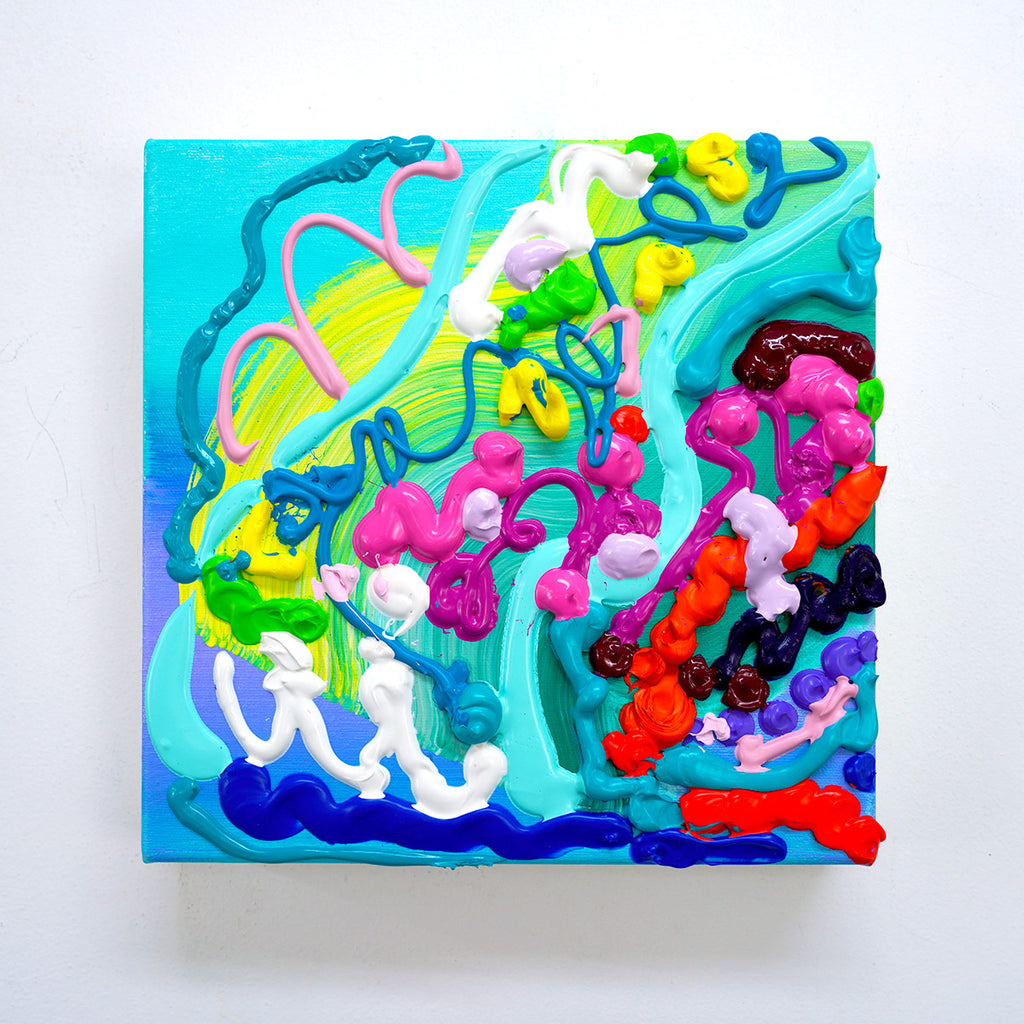
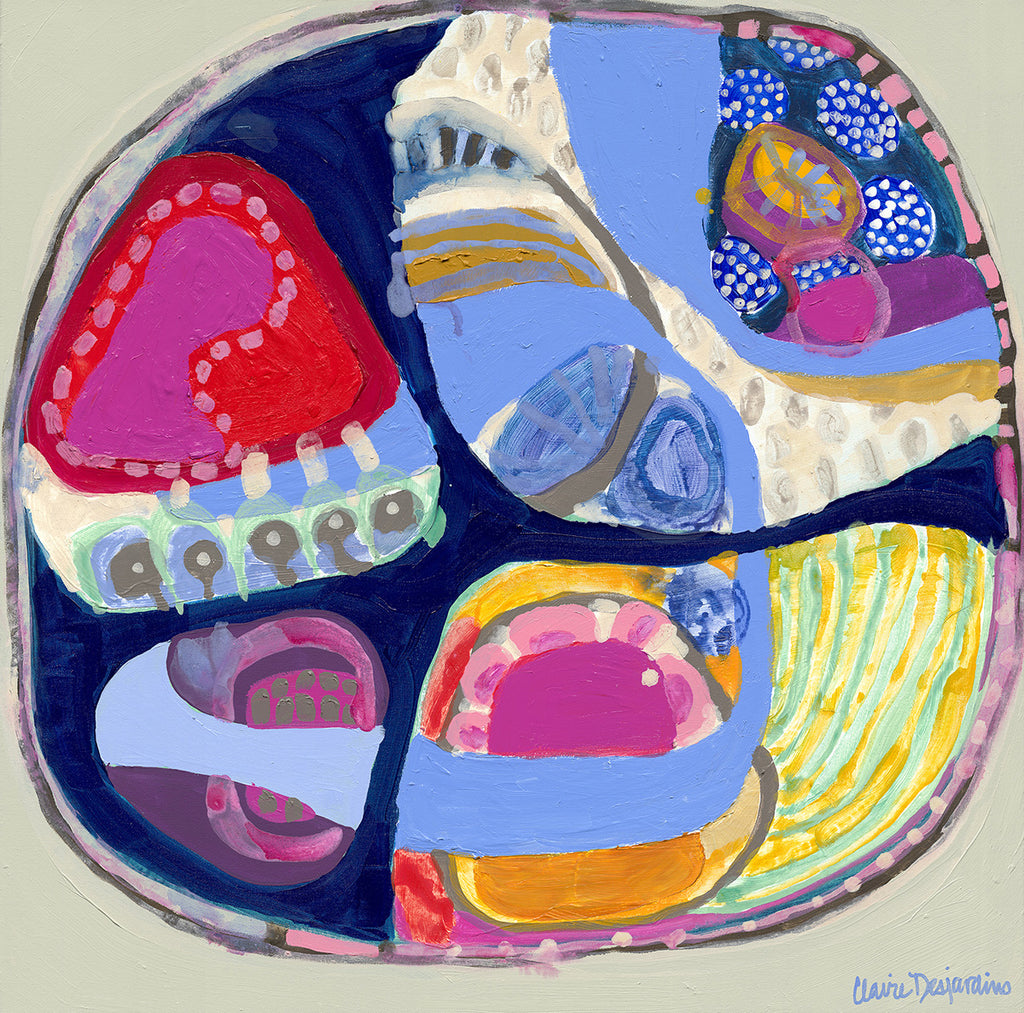
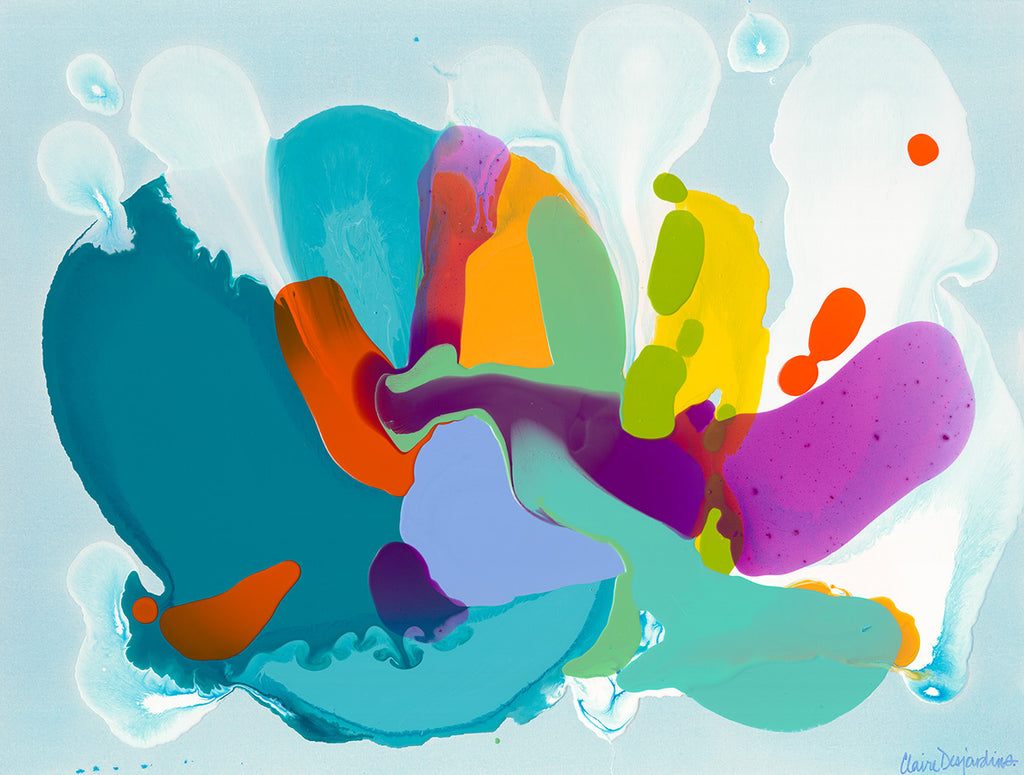
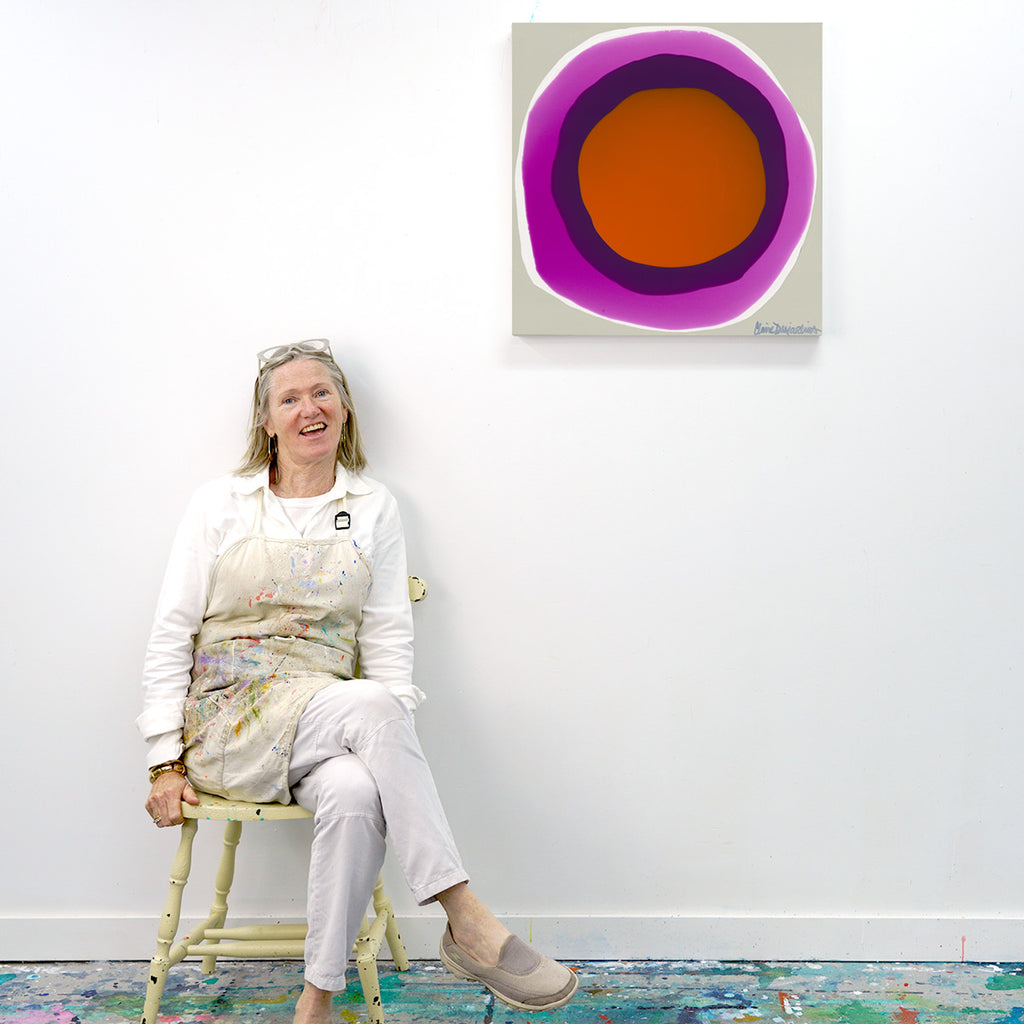
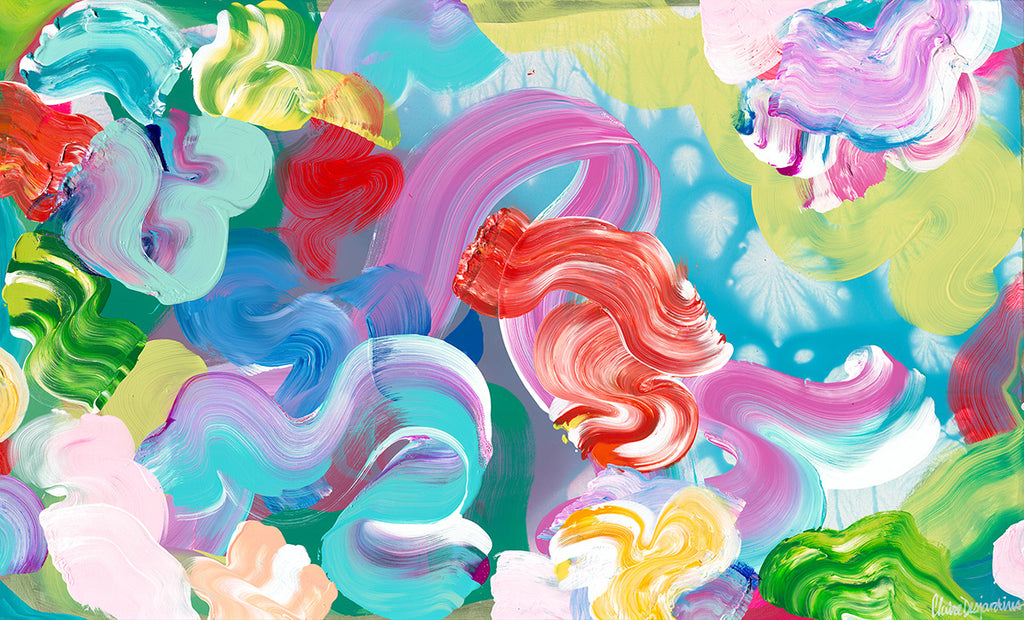
1 comment
These are wonderful paintings. Very inspiring.